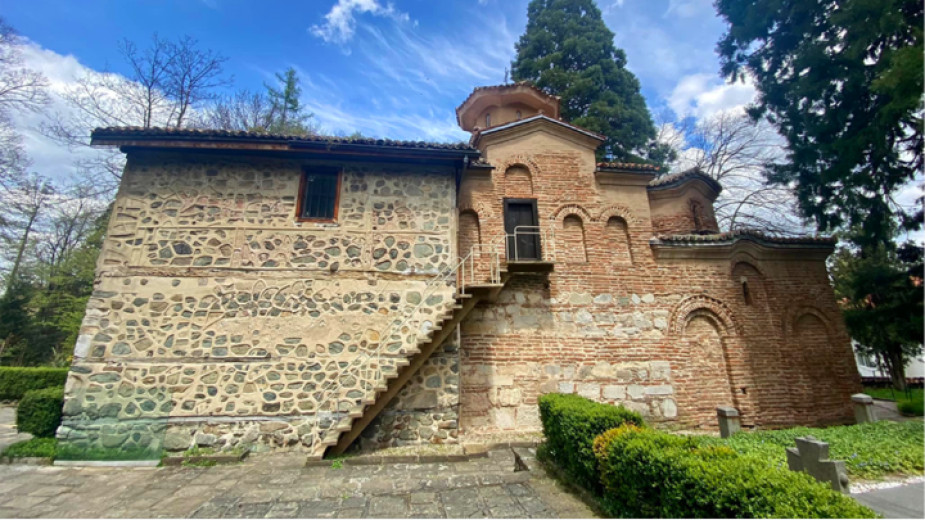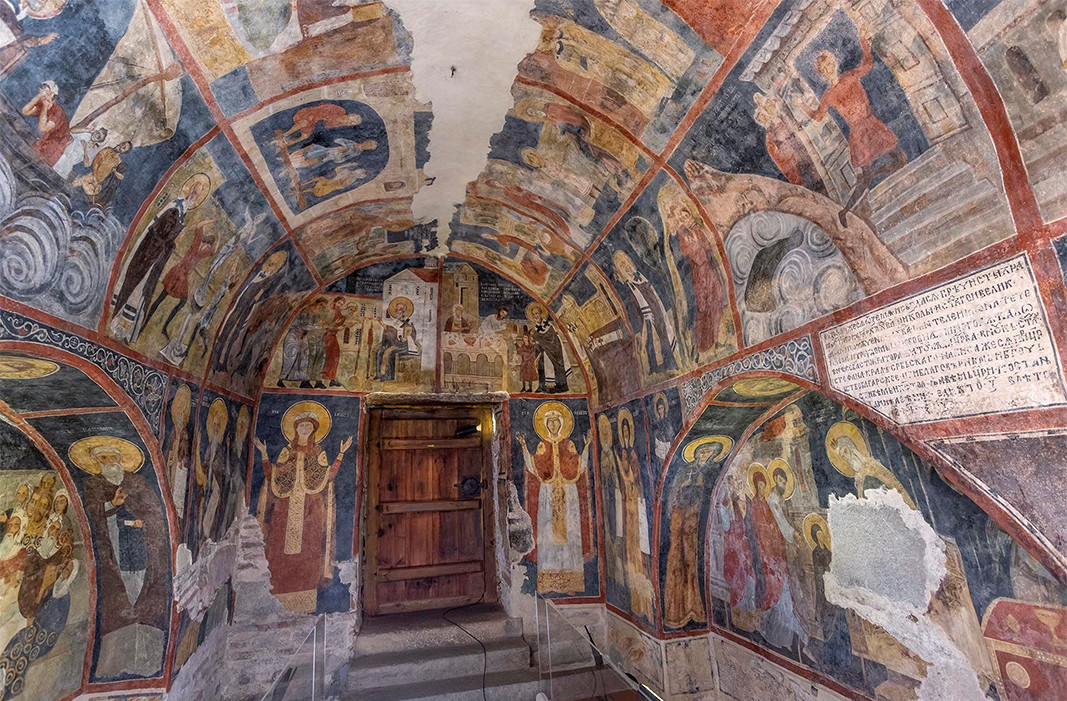 7
7
The Boyana Church will be an attractive center for the delegates of the 47th session of the UNESCO World Heritage Committee, who will gather in Sofia in July this year. The Church of St. Nicholas and St. Panteleimon is one of the cultural symbols of Bulgaria and is on the list of sites that the country will present to the participants in the forum.

The Boyana Church impresses with its remarkable medieval frescoes, including the images from 1258/59 of sebastocrator Kaloyan and his wife Desislava and the Bulgarian ruling family of that time – Tsar Konstantin Tih Asen (1257 - 1277) and Tsaritsa Irina. The style of the frescoes is connected with the traditions of the Tarnovo School of Painting from the 13th century. The unknown master of the images adhered to classical iconography.
A curious fact is that the church also contains the first fresco with the image of the humble hermit from the Rila Mountains and heavenly patron of the Bulgarian people, St. John of Rila, which dates back to 1259.
The fresco with the scene of the Last Supper is also from the same year (in comparison, Leonardo da Vinci worked on his mural "The Last Supper" in 1495). The composition of the fresco in the Boyana Church is different. Jesus is depicted on the left, and only 11 apostles are present. Judas is depicted as if lying on the table and it is indicated that it is him, including by the fact that he is without a halo of a saint. Another interesting element is the food on the table, which includes turnips and onion - food that is more associated with the traditional cuisine of Bulgaria and is not part of the evangelical description of the scene.

"The scale of the people drawn fully correspond to that of a real person. Even in places where the figures had to be smaller, they have three-dimensionality, movement, perspective - all this was found for the first time in the world in the Boyana Church," historian and curator of the Boyana Church Stanimira Doychinova told the Bulgarian National Radio's "Radio Sofia" program.
Read also:
Photos: boyanachurch.info, historymuseum.org
For the first time in 500 years, the chants of the Divine Liturgy echoed through the ruins of the medieval monastery ''St. John the Baptist'' on St. John Island near Sozopol. The occasion was the commemoration of the Beheading of St. John the Baptist,..
The church board of the Bulgarian Orthodox Church “Holy Trinity” in Madison, Illinois (USA), has announced on its Facebook page that it needs a priest to serve in the church. “We humbly ask all brothers and sisters in Christ – in the wider..
An archaeological expedition led by Assoc. Prof. Dr. Boni Petrunova – Director of the National Museum of History, discovered a massive bronze statuette of a goddess from the Greco-Roman pantheon. The artifact was found in residential premises in the..

+359 2 9336 661
